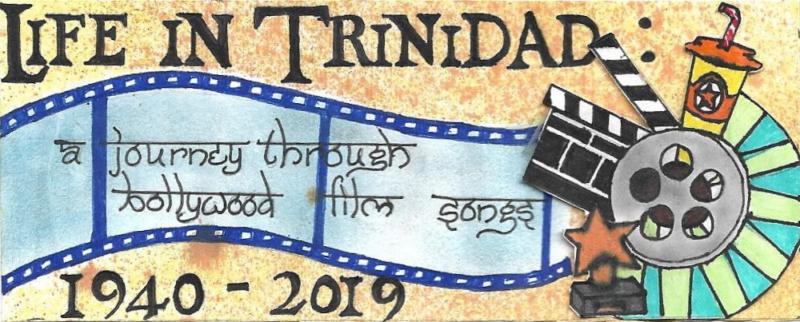Voices of the People
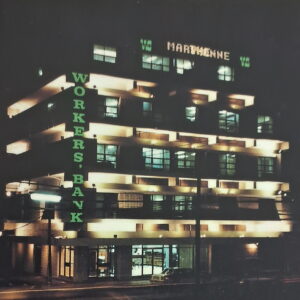
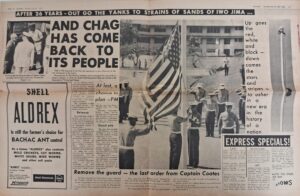

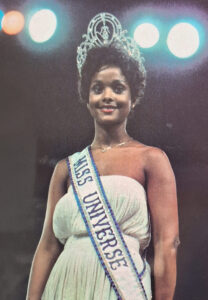
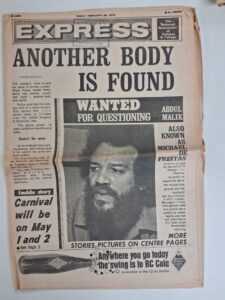

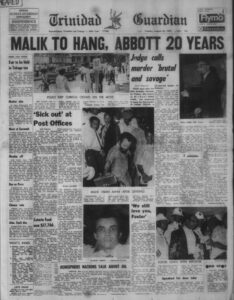
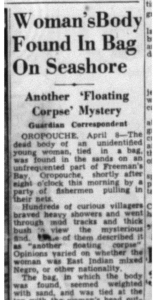

Trinidad and Tobago is the birthplace of calypso and steelpan, two of the most iconic cultural expressions in the Caribbean. Calypso, in particular, has long served as the voice of the people: witty, bold, and unafraid to speak truth to power. Through clever lyrics and infectious rhythms, calypsonians have documented the joys, struggles, and turning points of life in Trinidad and Tobago.
This section of the website explores how calypso music has echoed the themes found throughout our national story: Echoes of the Past, West Indies Cricket, Shadows of the Past, and Nation Builders.
From as early as the 1930s, calypsos have captured the pulse of the nation. The arrival of U.S. marines in Chaguaramas during World War II inspired Lord Invader’s 1943 classic Rum and Coca Cola. Years later, The Mighty Sparrow responded with Jean and Dinah, a cheeky anthem marking the departure of the Americans.
Cricket, too, found its way into calypso. Lord Relator paid tribute to Sunil Gavaskar’s batting brilliance during the 1971 India tour, while Crazy brought humour to the game with Cricket Commentary in 1979.
Calypso also reflected the darker chapters of our history. High-profile murder trials, such as those involving Boysie Singh and the Lettuce Patch murders, became the subject of intense public interest. These events inspired calypsos that echoed the public’s fascination, fear, and speculation.
Moments of national pride were also immortalized in calypso. When Janelle Commissiong won Miss Universe in 1977, Lord Kitchener and the Mighty Sparrow were among several calypsonians who celebrated her historic achievement with heartfelt tributes.
If you’re curious about how music became a mirror of society, we invite you to explore this section. Here, calypso is more than entertainment. It is a living archive of Trinidad and Tobago’s history, humour, and heart.
